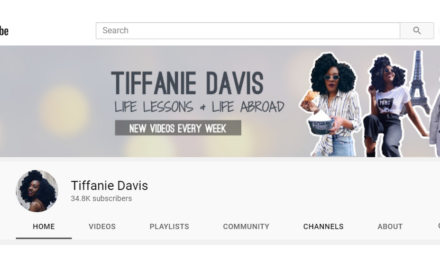These days, you can’t go one mouse click without stumbling on digital content. Also known as digital media, digital content comes in many forms, from text and audio and videos files, to graphics, animations, and images. Typically, digital content refers to information available for download or distribution on electronic media such as an ebook or iTunes song, but many in the content industry argue that digital content is anything that can be published. Following this line of thinking, it is safe to say that if you are on the internet, most likely you are looking at, watching, or listening to a piece of digital content.
Who Creates Digital Content?
Everyone! If social media has taught us anything, it is that we are all content publishers, whether we like it or not. This includes media companies to SMBs to content entrepreneurs. If digital content is considered any piece of information that is published, that means with every tweet you share, every video you upload to Facebook, and every time you update your blog, you are taking on the role of a digital content creator.
Free vs. Paid Digital Content
Perhaps one of the biggest hot button topics surrounding digital content is the free vs. paid content debate. Should consumers pay for their digital content or should it be given to them for free? If it is provided for free, can a business still make money from their content? This debate is especially pertinent in the entertainment and media industry, which has come under fire in recent years regarding how digital content such as movies and music is handled online.
The rise of paywalls such as Netflix and Disney+ has created a new acceptance for paid digital content. This has led to the growth in companies like Substack, that provide paywalls for journalists and newsletter writers.
In summary, both the free and paid business models can exist simultaneously.
The Future of Digital Content
With so many different types of content available, the question plaguing information experts today isn’t what kind of content to create, but how to deliver it. With the continued popularity of smartphones, tablets, and eReaders, the average consumer now has a variety of options to turn to besides their computer to get the latest piece of digital content. Therefore, to be successful in the digital content realm, content creators must determine the best way to present their digital content to consumers. Maybe it is an ebook. Maybe it is an app. Maybe it’s an email newsletter (like The Tilt). The right choice depends on the needs of the audience and how much control you want or need over the content (for example, email gives the publisher more control, while social media gives the publisher less control).
The point is, when everyone creates content, the ones that survive are the ones that actually have a business strategy for their content. That’s why we are strong proponents of the Content Inc. business model, which can be used by any-sized organization as a business model for content creators.






